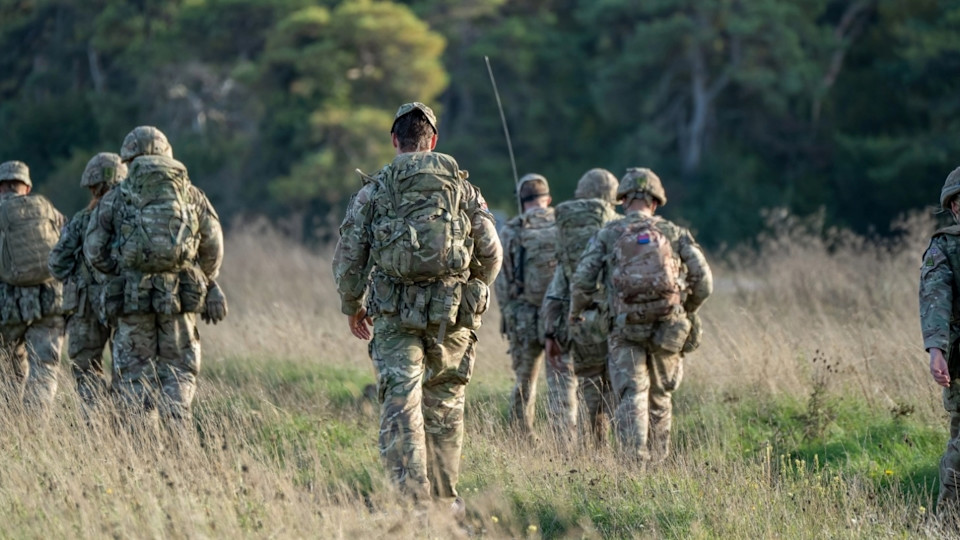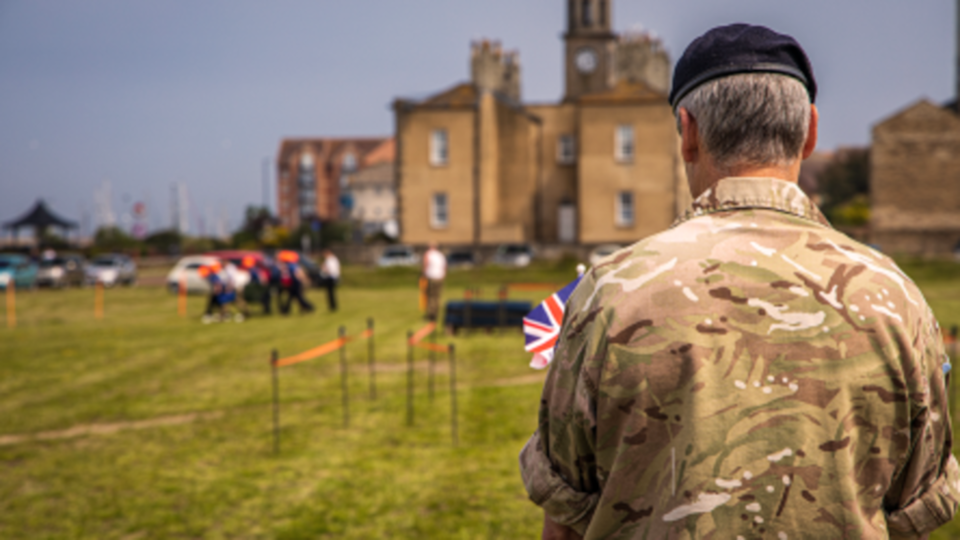Military life can lead to accidents and injuries that have nothing to do with combat operations. If you've been injured in a military accident or suffered due to negligence, speak to our military lawyers today.

Personal injury
Non-Freezing Cold Injury: How to Recognise the Signs
Cold injuries can be incredibly painful and debilitating when not diagnosed and treated quickly enough. Here, we discuss the difference between freezing and non-freezing cold injuries, and the early symptoms to look out for.
The risk of a non-freezing cold injury in the military
Due to the nature of the job, working in the military means you are often exposed to cold temperatures and wet environments. Without proper protections, prolonged exposure can lead to a non-freezing cold injury.
In this article, we explore what these injuries could be, how they are caused and what to do if you need to treat one.
What is a non-freezing cold injury?
Non-freezing cold injuries occur at low, but not freezing, temperatures and can be common in occupations where outdoor work is required regardless of the conditions, such as the military.
These injuries often occur in cold and wet or damp conditions; trench foot, or immersion foot, is a common example.
What is the difference between a non-freezing cold injury and a freezing cold injury?
The main difference between these two types of injury is the temperature at which they can happen.
As the name suggests, freezing cold injuries occur when the body is exposed to temperatures below 0 degrees Celsius or below for a prolonged period of time.
Frostbite is a well-known example of a freezing cold injury. It occurs when physical tissue becomes frozen after prolonged exposure, and typically effects the extremities, such as hands, feet, ears, nose or lips.
In contrast, non-freezing cold injuries occur from prolonged exposure to temperatures above freezing but below 15 degrees Celsius, causing damage to blood vessels and nerves.
As mentioned earlier, trench foot (also known as immersion foot) would be an example of a non-freezing cold injury.
What are the symptoms of a non-freezing cold injury?
Symptoms of a non-freezing cold injury can change as time progress, with early symptoms showing during or shortly after exposure and later symptoms appearing after the affected area has been warmed. Early symptoms can involve:
- cold, numb, or tingling sensation in the impacted area
- pale or mottled skin
- loss of sensation or dexterity
- the subtle beginning of swelling
As the affected area starts to warm up, the symptoms may shift to:
- severe pain and burning sensation
- redness, swelling, and blisters
- skin discoloration (blue, purple, or blotchy)
- increased sensitivity to cold
- numbness or tingling that does not go away
- peeling of skin
How do you treat a non-freezing cold injury?
To treat a non-freezing cold injury, move the person to a warm, dry environment as soon as possible, gently removing any wet clothing and replace with warm dry clothes. Following this, begin to reheat the affected area slowly, using warm (not hot) air and water.
While you are treating these kinds of injuries you should take care to not damage skin tissue. To do this, avoid:
- rubbing the area
- applying direct heat such as a radiator
- applying ointments or creams
Can you claim for a non-freezing cold injury?
Unfortunately, non-freezing cold injuries can be common in the military, and most occur in training exercises undertaken in the UK.
In almost all cases, non-freezing cold injuries are avoidable if the proper protective gear, safety training and procedures are followed. This means that if you’ve suffered an injury and were not diagnosed or treated quickly enough, you’ll likely be eligible to make a claim.
To learn more about non-freezing cold injury claims in the military, visit our page here. Alternatively, you can speak to a member of our team being getting in touch online or calling 0330 041 5869 today.



Slater and Gordon have military experts who specialise in making AFCS claims on behalf of those who have suffered injury or illness as a result of their military service. All our Armed Forces Compensation Scheme claims are on a No Win No Fee basis.

Many serving or former military personnel can struggle with depression, anxiety and post-traumatic stress disorder. If you or a loved one suffers from an injury such as PTSD relating to military service, talk to us today.